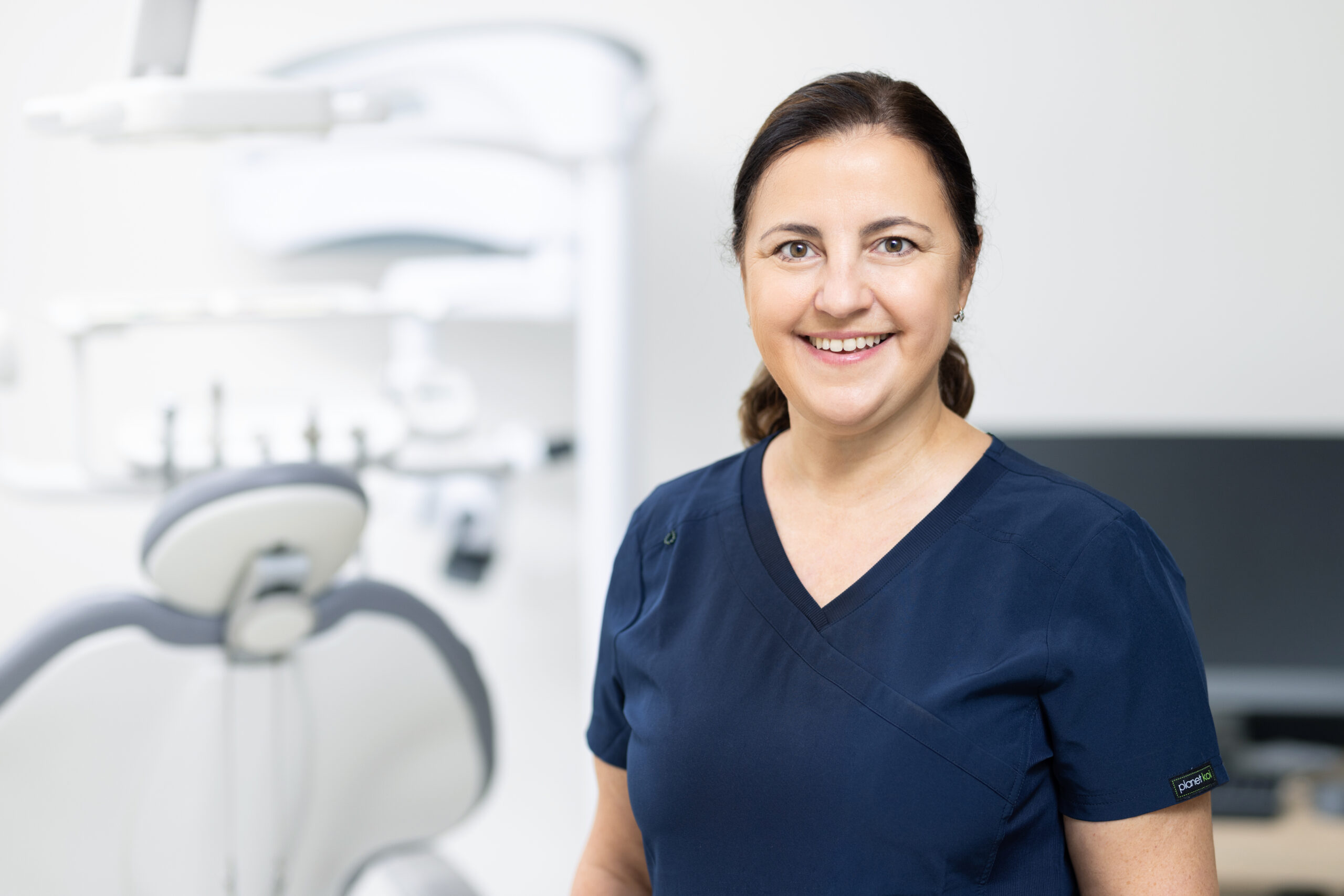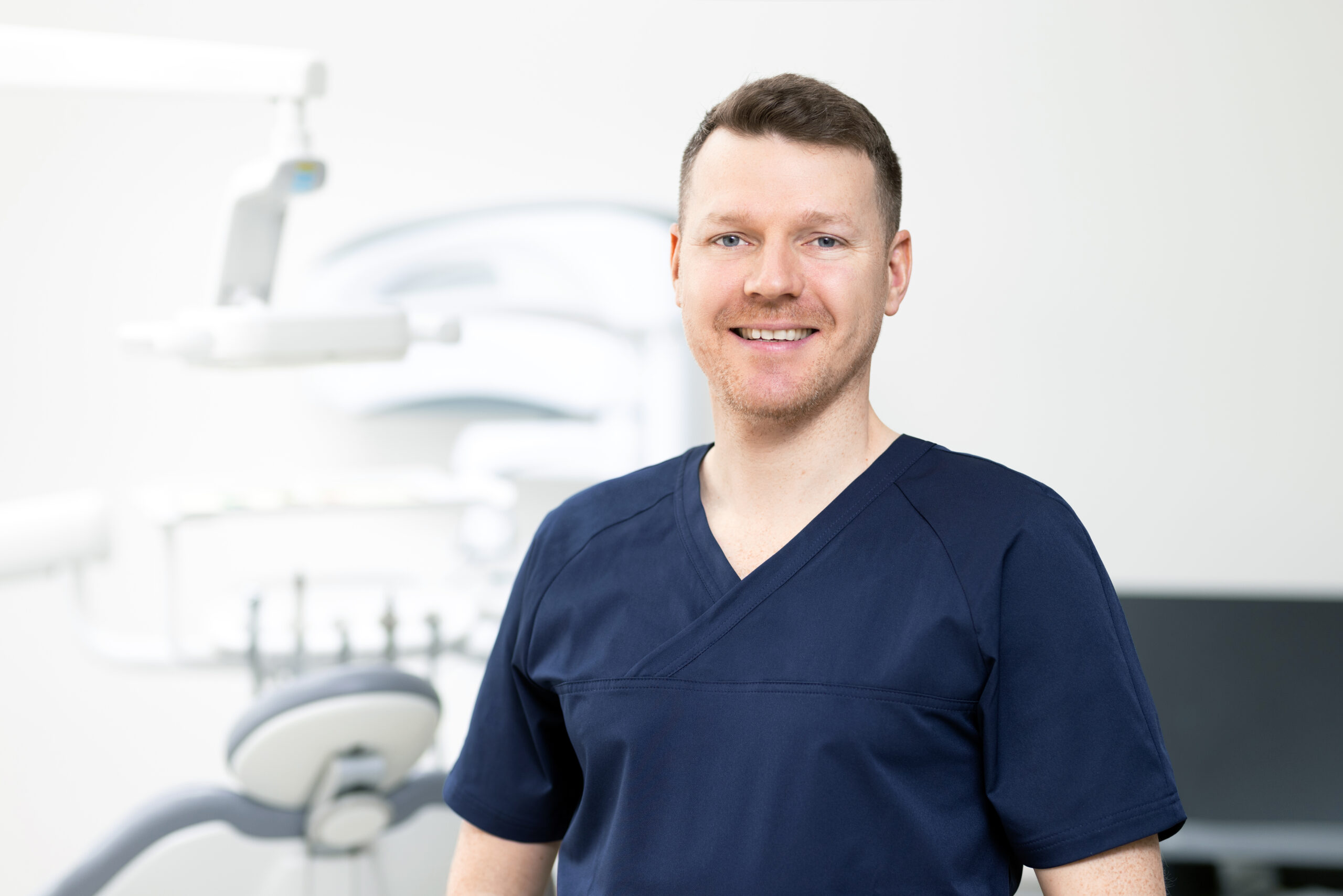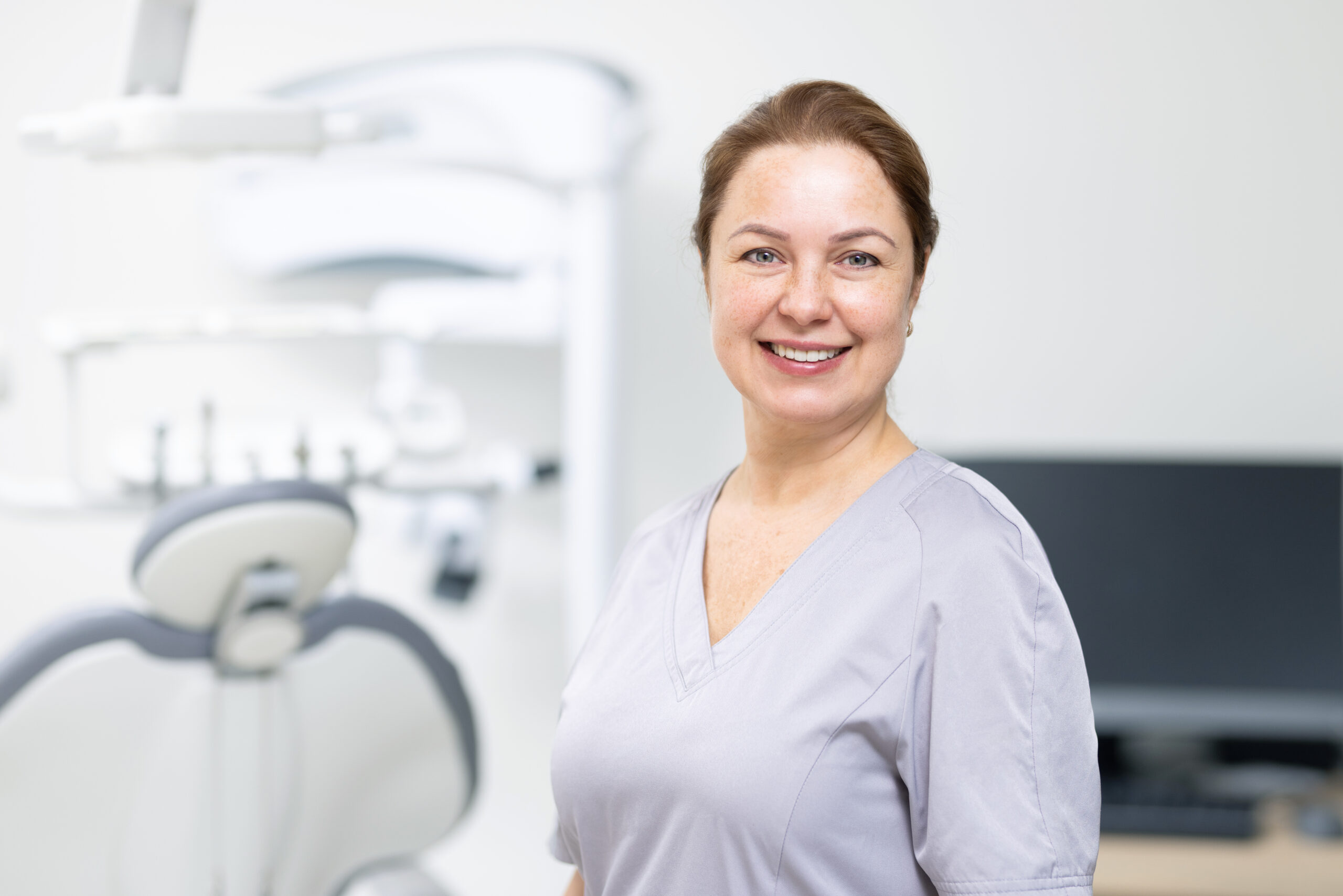Kristina Kiisa Hambaravi
Meie hambakliinik asub Tallinna kesklinnas Tornimäel. Meie kliinik tegeleb üldhambaravi, juurekanalite ravi, hammaste proteesimise ja puuduvate hammaste asendamisega implantaatidega.
Esimesel kohtumisel:
- Kuulame ära sinu mured ja soovid
- Teeme röntgenülesvõtted (panoraam, 3D)
- Hindame hammaste/suu seisukorda
- Koostame raviplaani
Uudised
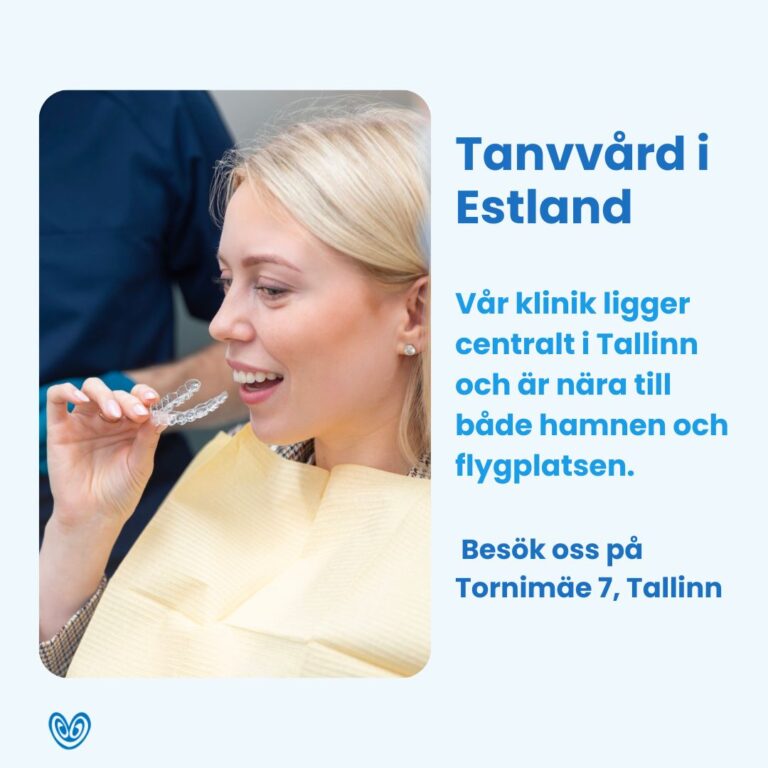
Tandvård i Estland
Välkommen till vår tandklinik i Estland! Vår klinik ligger centralt i Tallinn och är nära till både hamnen och flygplatsen. Det är gångavstånd från hamnen

Teave
Soovime kõigile rahulikku jõuluaega ning ilusat uut aastat! Meie kliinik on suletud 23.12.22 kuni 08.01.23. Oleme sellel ajavahemikul kättesaadavad telefonil 6164500.
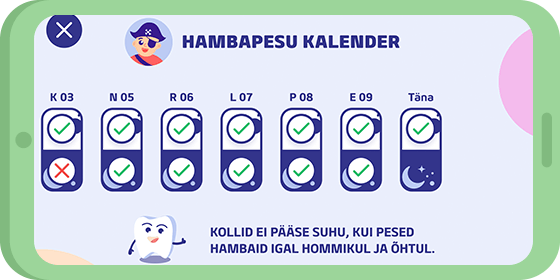
„SUUKOOL VÕITLEB SUUKOLLIDEGA!“ lastele tasuta hambapasta
Suukooli vahva, õpetlik ja mänguline hambapesuäpp aitab kaasa hambapesuharjumuse kujundamisele. Laadi tasuta äpp alla App Store’ist või Google Play’st ja loo konto kasvõi igale pereliikmele,

Mida teha kui proteesid on ebamugavad, hõõruvad ja loksuvad?
Implantaadid – võimalus proteeside kinnitamiseks.Kui oled kaotanud hambad ja saanud proteesid, millega ei saa rääkida ega süüa, siis on kõige käepärasemaks lahenduseks paigaldada 2 -8
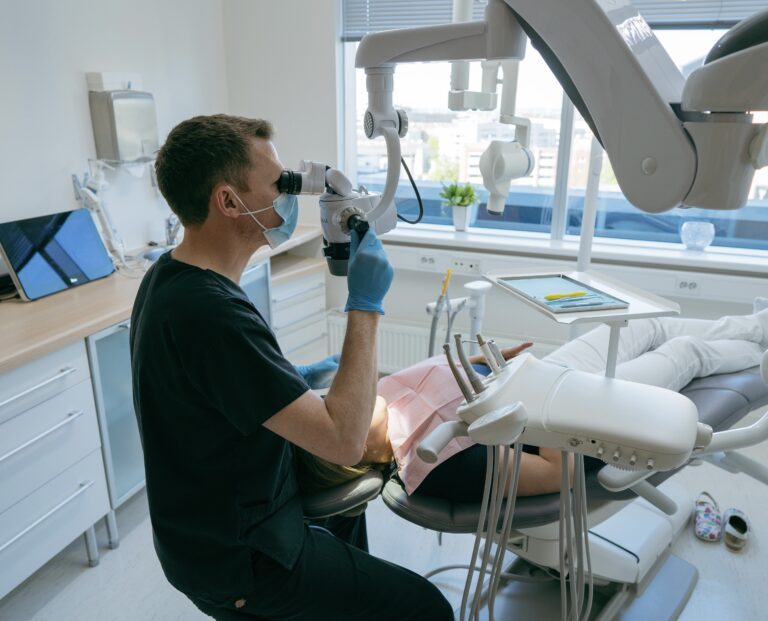
Kuidas sai meie väike hambapolikliinik alguse?
Kristina Kiisa Hambaravi loodi 2000.a. kui Kristina Kiisa kolis peale õpinguid Rootsist tagasi Eesti. Meie väike ja hubane hambakliinik asub juba 15 aastat Tallinna kesklinnas
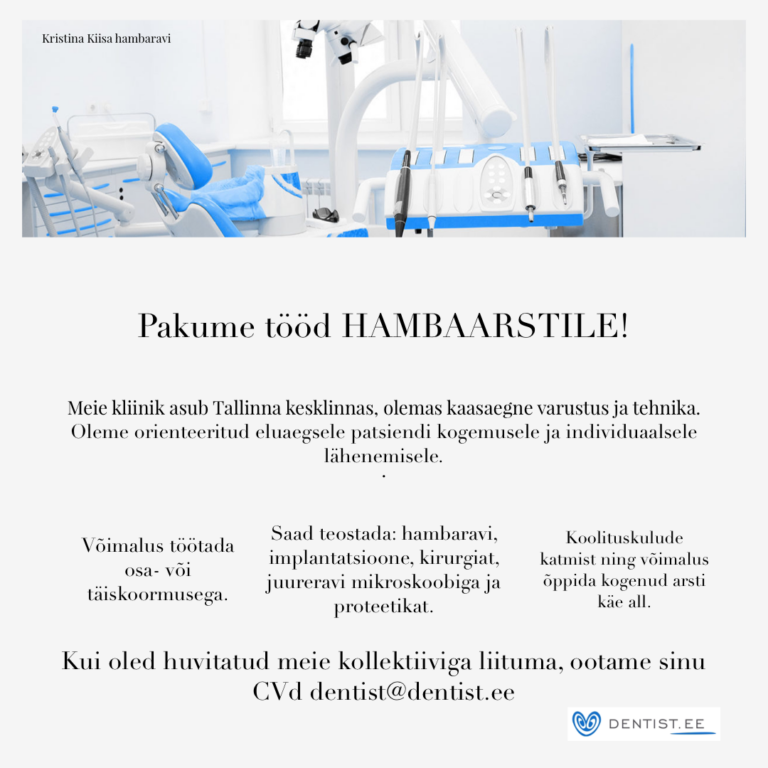
Pakume tööd hambaarstile!
Pakume tööd hambaarstile! Kristina Kiisa hambaravi tegutseb Tallinnas alates 2000. aastast. Meie patsiendid on keskealised ja vanemad inimesed Eestist kui ka Skandinaaviast. Sobid hästi siia

